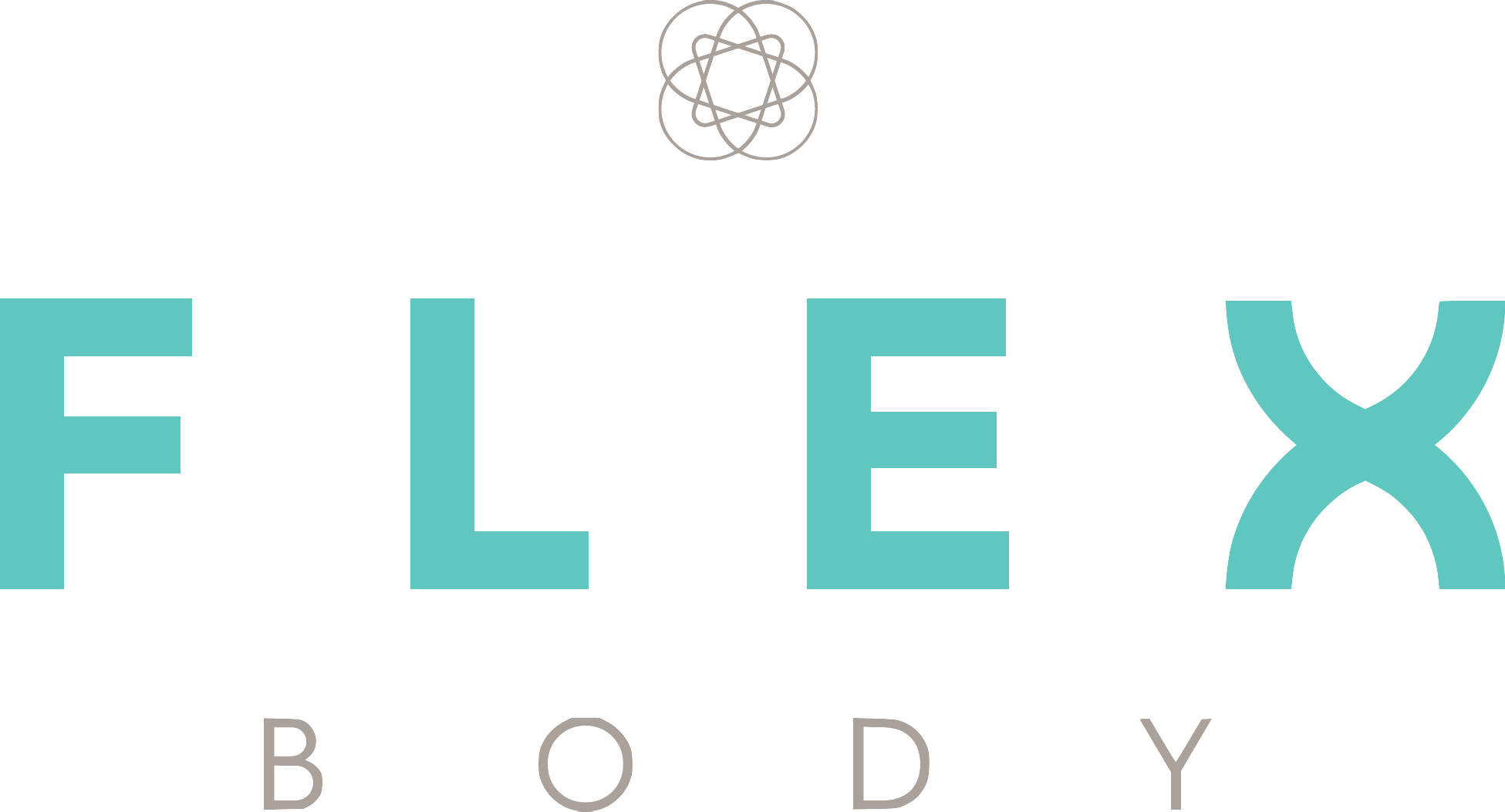We often hear reference to the connection between the mind and the body. But what does this actually mean?
The mind-body connection refers to the relationship between your thoughts, emotions, and mental processes and your physical health and well-being. It suggests that the mind and body are interconnected and that your mental state can influence your physical state (and vice versa).
Historically, Western medicine has often treated the mind and body as separate entities, but this opinion is changing and there is a growing recognition of their interdependence. Many scientific studies and research have shown that psychological factors such as stress, anxiety and depression can have a significant impact on physical health. For example, chronic stress can lead to increased blood pressure, weakened immune function and digestive issues.
On the flipside your physical health can also affect your mental wellbeing. For example, chronic pain or illness can lead to psychological distress and contribute to conditions like anxiety and depression. As we mention a lot, exercise can have a significant impact on our mental health as numerous studies have shown that it improves mood and reduces symptoms of depression and anxiety.
The mind-body connection is often harnessed in practices such as yoga, meditation, and mindfulness. These practices emphasize the integration of mental and physical aspects to promote overall well-being, using the breath as the way of linking the physical and mental practice. This mind-body connection is also important in the fascinating field of psychosomatic medicine, which explores how emotional and psychological factors contribute to physical symptoms and diseases.
In summary, the mind-body connection highlights the complex relationship between our mental and physical states and makes it clear that addressing both aspects is crucial for your holistic health and wellbeing.
See more on our Yoga classes, click here
For more posts like this see here

